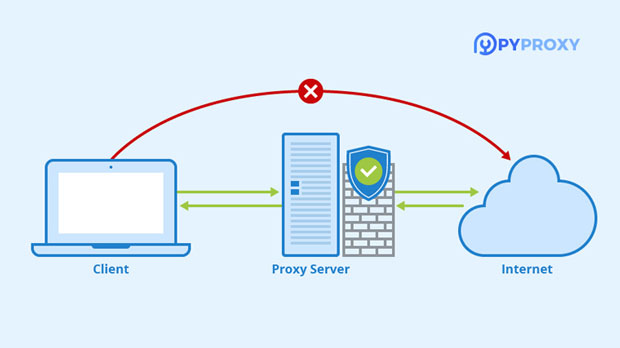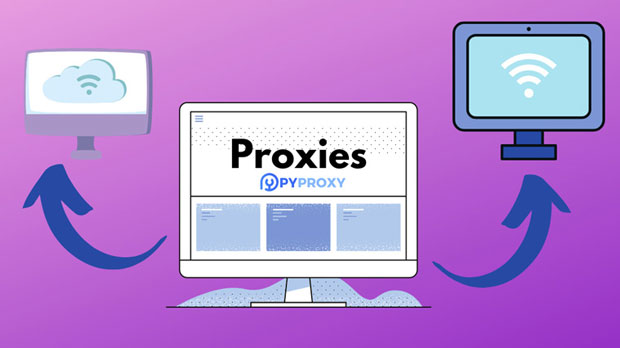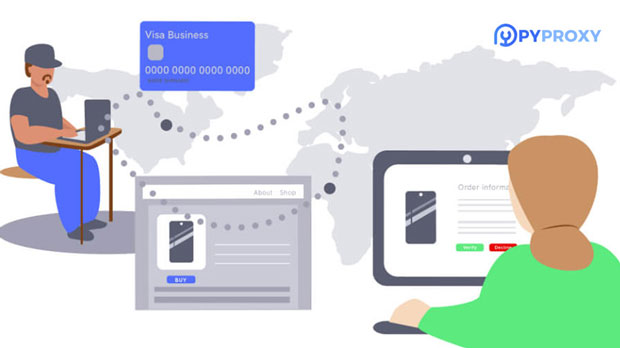The internet has become an essential part of daily life, offering vast amounts of information and content from all around the world. However, many online platforms impose geographical restrictions on content, making it inaccessible to users outside certain regions. To bypass these restrictions, users often turn to proxy servers. socks5 proxies, in particular, are favored for their speed and reliability. But when it comes to accessing geo-restricted content, the question arises: Are free and fast SOCKS5 proxies up to the task? In this article, we will delve into the effectiveness, risks, and limitations of using free SOCKS5 proxies for accessing content restricted by region. Understanding SOCKS5 ProxiesBefore evaluating the use of SOCKS5 proxies for accessing geo-restricted content, it's important to understand what SOCKS5 is and how it works. SOCKS5 is an internet protocol that routes network packets between a client and server through a proxy server. Unlike traditional HTTP proxies, which only work with web traffic, SOCKS5 supports a wide variety of internet traffic protocols, including FTP, SMTP, and others. This makes it more versatile than many other proxy types.SOCKS5 proxies do not modify the data packets themselves, which allows them to maintain the original speed of internet connections. This is especially important for users who require fast, uninterrupted access to online services. Because SOCKS5 proxies handle the data in a way that minimizes interference, they are often preferred by users who need speed and flexibility.How Free SOCKS5 Proxies WorkFree SOCKS5 proxies are often made available by various services or individuals looking to share resources with others. These proxies operate similarly to paid SOCKS5 proxies, but with a few key differences. They are usually less reliable and may suffer from performance issues like slower speeds, frequent downtimes, or even security vulnerabilities.Free proxies are typically supported by volunteers or third-party providers who may not guarantee the same level of performance, security, or reliability as paid services. This makes free SOCKS5 proxies a potentially risky option for accessing sensitive or geo-restricted content, where high speeds and stable connections are essential.Accessing Geo-Restricted Content with Free SOCKS5 ProxiesGeo-restricted content refers to websites, streaming services, or other online resources that are only accessible from specific regions. This is commonly done due to licensing agreements, government regulations, or content localization. Many users attempt to bypass these restrictions by using proxies, which can make their internet traffic appear as though it's coming from a different location.Free SOCKS5 proxies, due to their nature, may provide a temporary solution for accessing geo-restricted content. However, several factors must be considered to determine whether they are truly suitable for this purpose.1. Speed and Stability ConcernsOne of the primary factors when accessing geo-restricted content is the speed and stability of the connection. Many geo-restricted services, such as streaming platforms, require high bandwidth and low latency to ensure smooth viewing experiences. Free SOCKS5 proxies, while faster than some alternatives, may not be able to provide the consistent performance needed to access content without buffering or lag.Since free proxies are often overloaded with users, the available bandwidth may be insufficient, leading to slow speeds or frequent disconnections. These interruptions are particularly problematic when attempting to stream high-quality video content or engage in real-time activities like gaming.2. IP Blacklisting and DetectionAnother significant issue with free SOCKS5 proxies is that many of them are frequently detected and blacklisted by websites and services. Free proxies are often used by large numbers of people, which makes their IP addresses more likely to appear suspicious to websites trying to enforce geographical restrictions. When a proxy IP is flagged as being part of a known VPN or proxy network, it may be blocked by services like streaming platforms, online games, or news websites.In addition, free proxies are more likely to use IP addresses that are already well-known and tracked, reducing the chances of accessing geo-restricted content. Paid SOCKS5 proxies, on the other hand, often offer private and rotating IP addresses, making detection and blocking more difficult.3. Security Risks and Privacy IssuesFree proxies come with an inherent risk to users' security and privacy. Since many free socks5 proxy servers are not operated by trustworthy or professional entities, users' data may be exposed to malicious actors. Even though SOCKS5 is a relatively secure protocol, the risk of man-in-the-middle attacks, data logging, and other forms of monitoring is much higher when using free proxies.Furthermore, the servers hosting these free proxies may not offer the same encryption standards as paid services, which could leave users' data vulnerable to interception. This is a critical issue when accessing geo-restricted content that may require the entry of sensitive information like login credentials or payment details.4. Limited Server Locations and AvailabilityFor a SOCKS5 proxy to effectively bypass geo-restrictions, it must be located in the right geographical region. Free SOCKS5 proxies often have a limited number of available server locations, and their availability can be inconsistent. This means that even if you can access a proxy server located in the region you're targeting, it might not always be online or available when needed.Paid services, in contrast, often provide a wider array of server locations and more reliable uptime, allowing users to access geo-restricted content from various parts of the world. Free proxies may fail to offer this flexibility, leading to further frustration and difficulties in accessing desired content.5. Legal and Ethical ConsiderationsUsing proxies to bypass geo-restrictions may also raise legal and ethical issues. In some regions, attempting to circumvent content restrictions is against the terms of service of certain platforms, and users who are caught may face penalties, such as account bans or legal actions. While the use of SOCKS5 proxies themselves is not illegal, using them to access restricted content can violate the terms set by streaming platforms, governments, or content providers.It's important for users to be aware of these legal and ethical concerns when using free SOCKS5 proxies for accessing geo-restricted content.Conclusion: Are Free SOCKS5 Proxies Suitable for Accessing Geo-Restricted Content?While free and fast SOCKS5 proxies may seem like an attractive option for accessing geo-restricted content, they come with several limitations and risks that make them unsuitable for reliable and secure use. Speed and stability issues, the high likelihood of IP blacklisting, security risks, limited server availability, and potential legal concerns all contribute to the fact that free SOCKS5 proxies are not the best tool for bypassing geo-restrictions.For users who require consistent, high-speed access to geo-restricted content, a more reliable solution would be a paid SOCKS5 proxy service or an alternative VPN service. These options typically offer greater security, better performance, and more flexibility, making them a far more practical choice for those seeking to bypass regional content restrictions. In summary, while free SOCKS5 proxies may work in certain cases, they should not be relied upon for important or regular access to geo-restricted content.
Jan 07, 2025
![arrow]()




























































